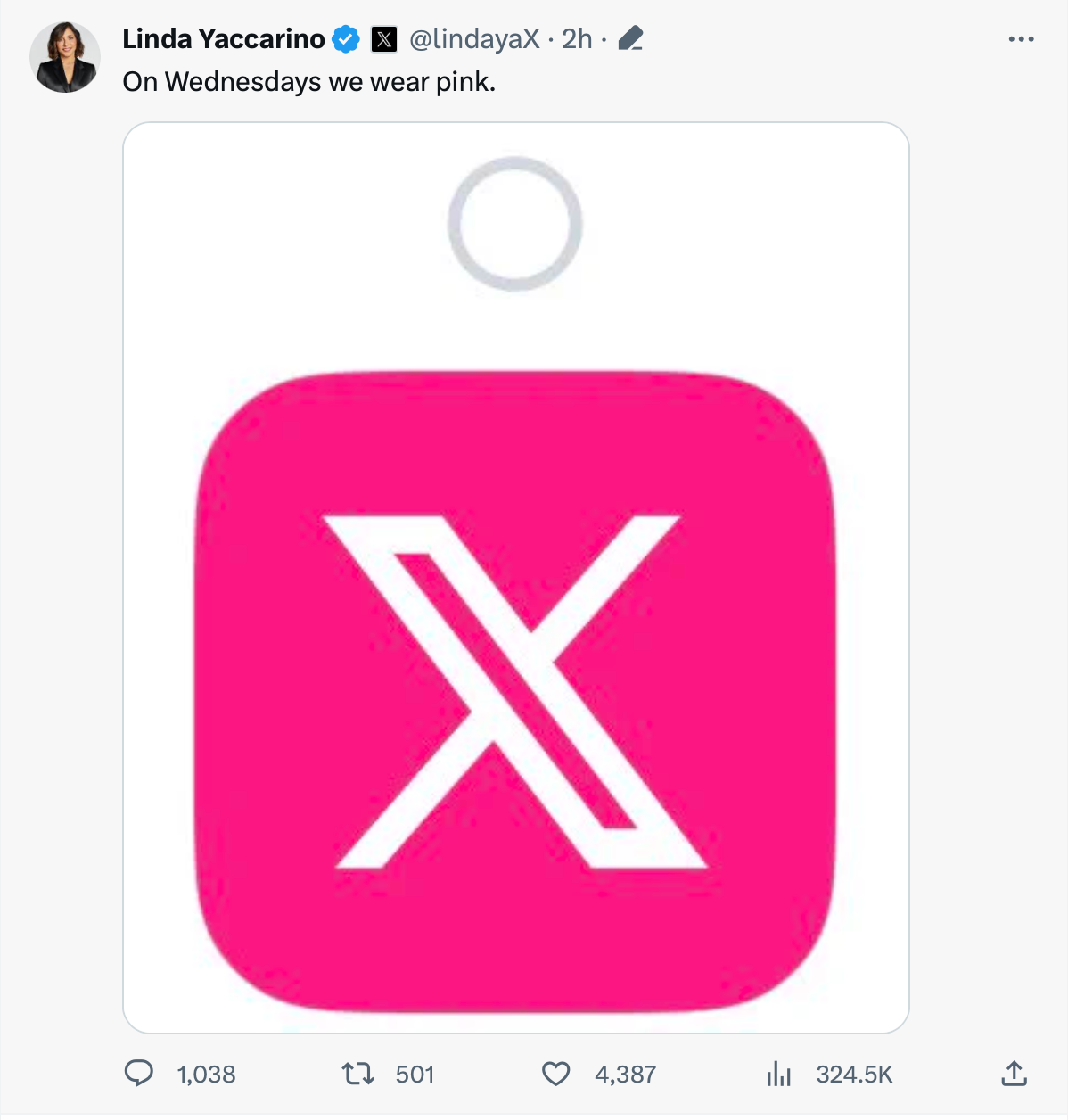I wrote a piece in Forbes when Elon Musk announced the rebrand of Twitter. I spoke with, amongst others, ex-Twitter employees. But the thing that interested me the most was Musk's use of that mysterious of all symbols 'X'.
Can X even have an identity?
Luckily Greg Rowland, world-renowned Semiotician, also had some thoughts on the word-letter-symbol 'X', and he's written them up here. Thank you, Greg!

Here is his guest post, The Joy of X:
X is the alphabet’s great gift to brand marketers who have run out of ideas, a beautiful thing because it nearly always works. It’s hard to mess up ‘X’. However, Elon Musk seems to have cracked it in his rebranding of Twitter as ‘X’.
Fewer words begin with X than any other letter, giving it an exotic rarity, a status as the mystery person amongst the white-bread denizens of the alphabet. Coming near the end — alphabet spoiler alert — it announces the inversion of the innocent primacy of ABC. What does XYZ mean in opposition to ABC? No-one knows for sure.
The first use of X as an abbreviatory device occurs in Christian practices. As the letter shape X was ‘chi’ in the Greek alphabet, clandestine Christians would slap it on the doors of secret prayer rooms, suggesting that their religious zeal was not matched by an enthusiasm for complex cryptography.
So the sense of mystery and wonder around X has been around a long time, but not as long as the shape itself, with its beautiful, simple symmetry and ease of marking, whose origins can be traced back to Phoenician culture, sometime around 700 BCE. By the mid-1500s it was common for lazy-arse Christian scribes to abbreviate Christ to ‘X’ and the first recorded use of ‘Xmas’ saunters in around 1720.
Elon has suggested that X means everything, which is not untypical of his desire to re-write reality from the security of his billionaire’s padded-diamond crypto-playpen, but if he’d literally asked anyone who wasn’t scared of him they’d have told him otherwise. X actually stands for mystery, the unknown, the indefinable — from pirate treasure through to X-Rays to the quasi-forbidden world of X Films, the paranoid fun of the X-Files, and the inexorable rise of Marvel’s mutant X-Men.
In isolation, it becomes pure nothingness, a twin diagonal mark that has just some aesthetic appeal through its symmetry.
Musk has managed to mess this up too, with his introduction of an unbalanced single thicker line, a snub to the Phoenicians and everybody else who has used the elegantly serviceable symmetrical rendition over the last 2,700 years. It turns the kiss on a letter into a fumbled, off-kilter lurch by a fool teenager, jutting out his lower lip and missing the mark, his pout like one of those stupid deep-sea fishes included in marine documentaries, solely for lafffs.
In isolation X means nothing, and doesn’t phoneticize very well, lacking a clarity in consonant or vowel sound. However, the name Elon Musk does phoneticize quite well, and would have been a better choice for the Twitter rebrand, as would virtually any other word or letter. The X rebrand is another big nail in the coffin of the hegemony of the cryptobro-narcissist, we fervently hope.
With fond regards, X.


